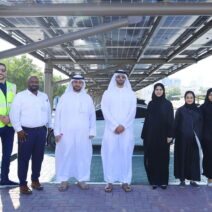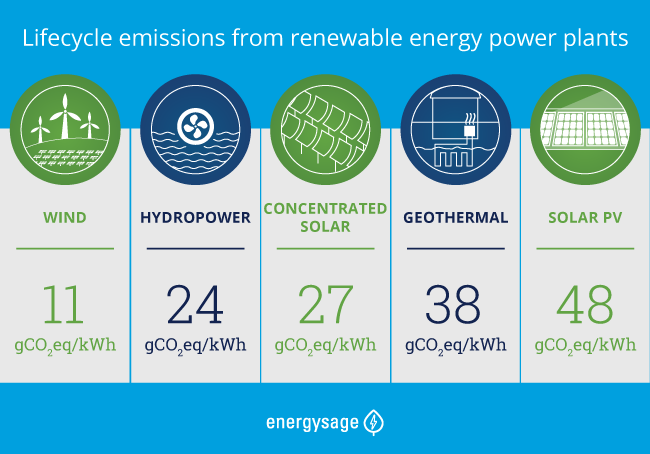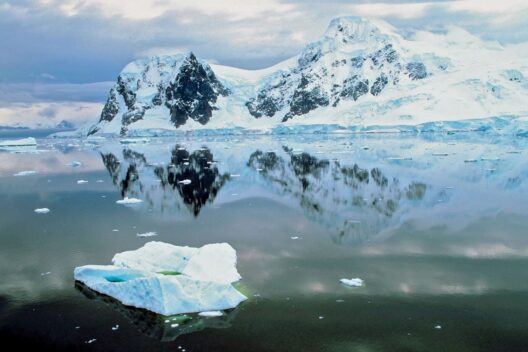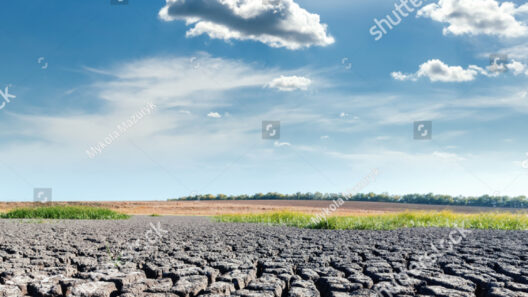As humanity accelerates towards a future increasingly marred by the consequences of climate change, the quest for sustainable and renewable energy sources has taken center stage. Among the various contenders vying for the title of the ‘ultimate energy savior,’ geothermal energy emerges as a unique player—akin to a dragon sleeping deep within the Earth’s crust, harboring immense potential yet cloaked in layers of misunderstanding and myth. Does this subterranean giant offer a clean, sustainable alternative, or does its emergence herald unforeseen consequences in the ongoing battle against global warming?
Geothermal energy harnesses the intrinsic heat stored beneath the Earth’s surface, a renewable powerhouse that can be tapped into for various energy needs—from heating homes to generating electricity. It operates on a simple yet profound principle: the Earth itself is a vast reservoir of heat, born from the planet’s formation and sustained by radioactive decay and residual thermal energy. When extracted responsibly, this energy serves as a bastion of stability in an era marked by fluctuating fossil fuel markets and unstable climates.
To understand the environmental ramifications of utilizing geothermal energy, it is imperative to scrutinize its operational modalities. The extraction and transformation processes can be likened to a skilled artisan delicately chiseling away at a block of marble. The craftsmanship involves a meticulous balance; when managed responsibly, geothermal energy can serve as a clean alternative. However, mismanagement can lead to issues akin to reckless sculpting—what once held potential could devolve into an environmental liability.
Let us delve deeper into the thermal intricacies of geothermal systems. There are primarily three types of geothermal power plants: dry steam, flash steam, and binary cycle. Each type boasts distinct advantages and impacts. Dry steam plants utilize steam directly from geothermal reservoirs to turn turbines, offering a startlingly low carbon footprint. Flash steam plants extract high-pressure hot water, which flashes into steam upon pressure reduction—this process does release some greenhouse gases, though much less than conventional fossil fuels. Finally, binary cycle plants leverage heat exchangers to transfer geothermal heat to a secondary fluid, resulting in minimal emissions. Understanding the distinctions among these technologies is crucial in evaluating their contributions to mitigating global warming.
One of the most compelling arguments in favor of geothermal energy rests on its consistency. Unlike solar or wind energy, which ebb and flow with the whims of weather patterns, geothermal energy stands resolute. It resembles a steadfast guardian, emitting a continuous supply of power that can be harnessed day or night, regardless of climatic conditions. This reliability positions geothermal energy as an essential pillar of the future energy landscape, especially as energy demand continues to rise in the face of global urbanization and demographic changes.
Despite its benefits, the very essence of geothermal exploitation is fraught with complexities. The extraction process can lead to subsurface pressure changes, potentially inducing seismic activity or triggering subsidence. The phenomenon is akin to stirring the waters of a tranquil lake, which can result in ripples that reach far beyond the initial disturbance. Communities near geothermal facilities have raised concerns over the implications of a geothermal plant opening its depths to relentless drilling. Nevertheless, extensive geological assessments and conscientious management could mitigate these risks, allowing the dragon beneath to awaken without wreaking havoc.
Additionally, concerns about water usage cannot be ignored. The geothermal process often involves significant water consumption, particularly in areas of arid landscape where water resources are already stretched thin. The juxtaposition of energy needs against water security creates a precarious balance that requires nuanced policy frameworks and innovative technologies. Thus, every decision to develop geothermal resources must weigh potential benefits against possible setbacks, ensuring that the selected path is sustainable in its broader ecological context.
Moreover, operational byproducts must be accounted for, particularly the release of greenhouse gases such as sulfur dioxide and carbon dioxide—albeit negligible compared to fossil fuel emissions. This raises critical questions about the lifecycle assessments of geothermal projects. Implementing rigorous monitoring and adopting state-of-the-art technology can significantly reduce these emissions, transforming geothermal energy into an even more formidable ally in the climate change struggle.
In crafting an equitable energy future, geothermal energy stands at a crossroads. Embracing its potential requires a collective commitment to responsible development, extensive research, and transparent dialogue among stakeholders. Education plays a pivotal role in dispelling myths and fostering understanding within communities affected by energy projects. It allows for informed decision-making and aligns public perception with scientific evidence—an essential step in allaying fears surrounding geothermal exploitation.
The discourse on geothermal energy is incomplete without recognizing its role within the broader renewable energy landscape. It can be a dependable contributor to energy diversification, complementing other energy sources to create a resilient, balanced grid. As nations navigate their energy futures, coupling geothermal developments with solar, wind, and hydroelectric power can help forge an energy system that is holistic and adaptable.
Ultimately, the question remains: does geothermal energy impact global warming? While no solution is without its challenges, when implemented judiciously, geothermal energy has the potential to be a keystone of clean energy production. It embodies a fusion of ancient Earth’s power with modern technological prowess, holding the promise of a sustainable future. With careful oversight and enlightened leadership, the dormant dragon could awaken not as a source of concern, but as a guardian against the looming threats of climate change, emboldened to illuminate the path toward a harmonious coexistence with our planet.








